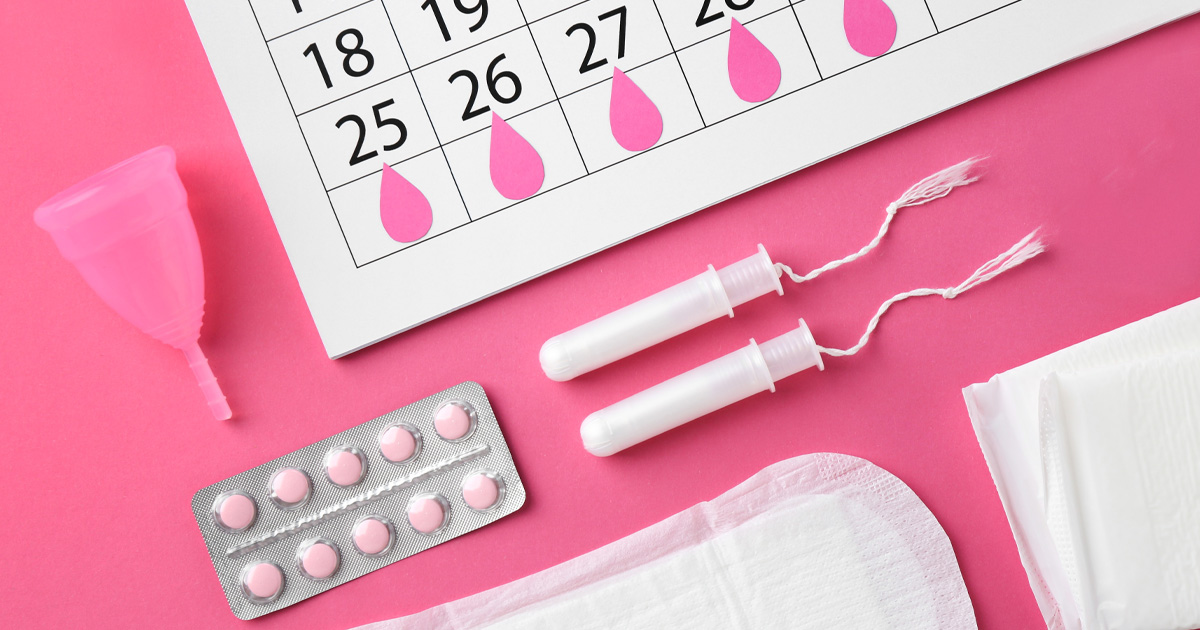
Self-care, What's Up, Down There
How Your Underwear Can Affect Your Vaginal Health
When it comes to choosing underwear, we may often forget that its main role is to help protect our intimate area. While lacey details and fun patterns may be aesthetically pleasing, there’s more to consider when choosing the right pair for your vaginal health. Here we’ve got the lowdown on gynecologist-approved tips for how to choose the right style, fit, and cleaning products for your skivvies.
But first, a little more on why this matters…When it comes to our vaginal health, there are so many things that can throw off our pH and make us more prone to developing an infection like a yeast infection, urinary tract infection (UTI), or bacterial vaginosis (BV). While underwear alone won’t cause an infection, certain styles and materials can increase the likelihood for any microbe or bacteria to grow. Beyond that, underwear that is too tight can cause chafing and irritation to the sensitive skin of the vulva and vagina.
Material
Hands down, cotton is the best material for underwear because it is breathable and absorbs moisture from sweat or discharge better than other fabrics. It is also naturally hypoallergenic, meaning it is created with minimal dyes or chemicals that could cause irritation. It’s best to stay away from synthetic materials, such as nylon and spandex, which can trap moisture and create a breeding ground for bacteria.
Style
Thongs often get a bad reputation, but there’s no definitive evidence to suggest that they increase infections. In fact, they’ve even completed scientific studies on this which found that thongs do not have an increase on vaginal infections. Ultimately, the comfort factor is most important here. Other styles like classic briefs, bikini, mid-rise, or boyshorts may be more comfortable. If you’re not a fan of thongs but are concerned about panty lines, many brands now make seamless styles that create that same “barely-there” look under form-fitting clothing.
Fit
Underwear that is too tight can restrict airflow and cause moisture to build up. It could also lead to irritation or ingrown hairs. Choosing a loose, comfortable fit is best. Going commando (underwear-free) is a great option at night under your PJs or at the gym under your athletic wear to allow your intimate area to breathe.
Usage
Generally speaking, it’s recommended you change your underwear once a day. That said, if you’ve done a particularly sweaty workout or spent time walking around on a hot summer day, you may feel the need to change your underwear more than once. If you notice extra moisture, it’s better to be safe than sorry and opt for a fresh pair. In terms of lifespan, there’s no hard and fast rule on when to discard your underwear. If it starts to smell or has lost its elasticity, that may be a sign it’s time to throw them away.
Washing
It is important to wash your underwear regularly to prevent the buildup of bacteria. When choosing a detergent, a scent-free, hypoallergenic detergent may be best. It’s also best to avoid fabric softeners which can irritate the skin. Whether you wash by hand or on a delicate cycle in the machine, washing with warm water and drying on low will help kill bacteria without ruining the fabric.
In Summary
The underwear we wear can impact our vaginal health contributing to ingrown hairs, irritation, and even infection. Opting for cotton underwear, loose-fitting styles, and regular washing are all important factors in protecting the delicate area down there.






















































